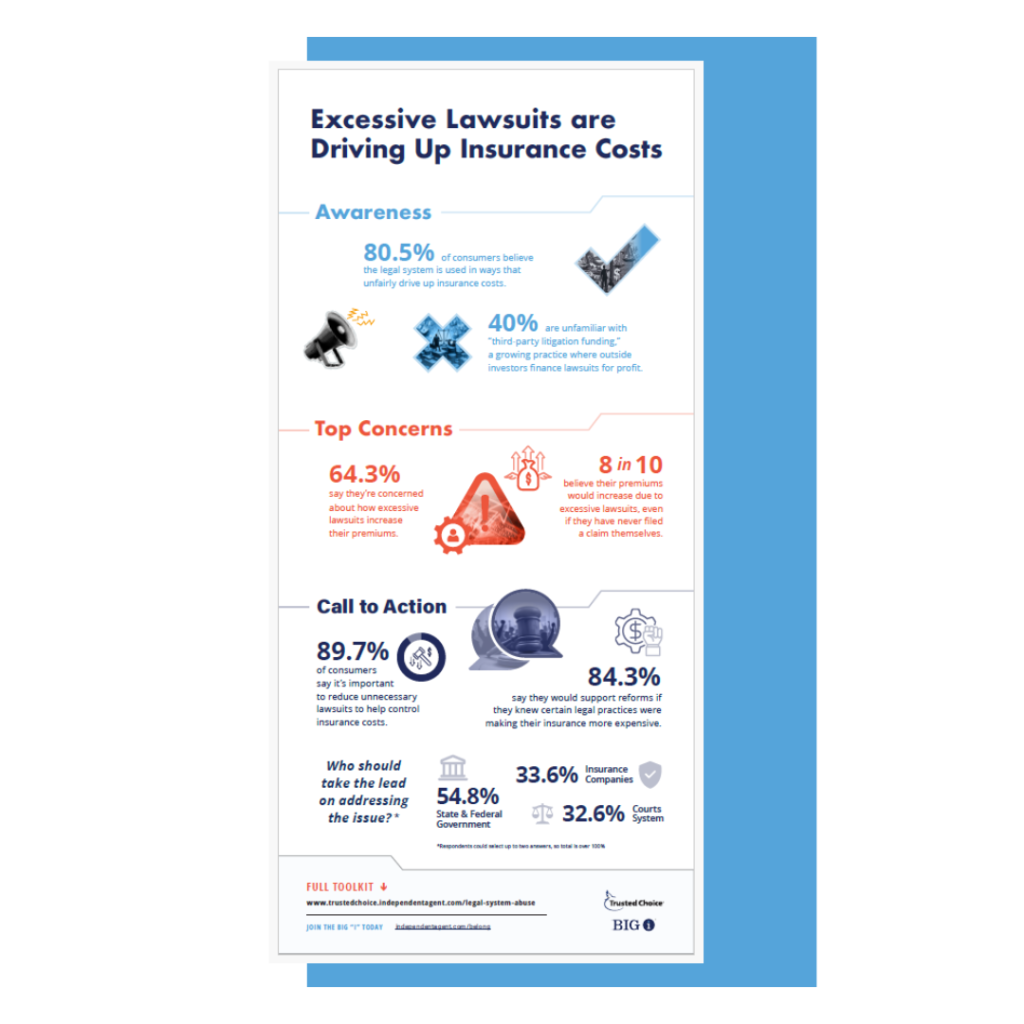Should the COI Contain Policy Limits or Contractually Required Limits?
How should agents manage a COI in situations where the insured carries limits higher than those required by the contract between their client and the upper tier contractor? Should the limits required to meet the contractual requirements be listed, or should the actual policy limits be listed? Doing it one way is misrepresentation and the other is, well, misrepresentation. How does the agent avoid misrepresentation?
Author: Chris Boggs “What limits should be shown on a COI, the actual policy limits or the limits required by the contract (if lower than the policy limits)?” This is one of the most common certificate of insurance (COI) questions asked, and the answer appears irreducibly complex; essentially, it appears there is no right answer. While there may not seem to be a right answer, there is a solution that is the most-preferred method – maybe even the actual “right” answer. This recommended method allows the COI to represent what it is intended to represent – the reality of the insurance policies being “certified” – while simultaneously controlling the coverage limits expectation in the holder’s mind. Accomplishing both goals is not difficult, it simply requires entering a little more information within the COI. Limits Recorded on the COI The actual policy limits should be entered within the limits section of the COI. A certificate of insurance must accurately represent the coverages and limits else the agency is guilty of misrepresenting the policy. Misrepresentation, especially intentional misrepresentation, must be avoided. Limiting the Limits However, there are provisions within endorsements and specific policy language that should be entered within the Description of Operations section or on the ACORD 101 supplemental form. The agent can use policy language to negate coverage limit assumptions made by the certificate holder. Every contractor-related Additional Insured endorsement currently filed by ISO for use with the commercial general liability (CGL) policy contains this language: With respect to the insurance afforded to these additional insureds, the following is added to Section III – Limits Of Insurance: 1. Required by the contract or agreement; or 2. Available under the applicable limits of insurance; whichever is less. This endorsement shall not increase the applicable limits of insurance. This limitation applies to the CG 20 10, CG 20 33, CG 20 38, CG 20 37, CG 20 39, CG 20 40, and CG 20 41. How is this fact used? The preferred method is to state within the COI’s Description of Operations, “Coverage limits noted within this Certificate of Insurance may be limited by policy and/or endorsement provisions contained within the (List the relevant endorsement) accompanying this and included as part of this certificate.” This wording applies to the underlying CGL coverage only. For the umbrella/excess coverage, this same or similar wording is generally contained within the umbrella/excess form. Within the “Who Is An Insured” section of ISO’s umbrella form is this wording: 3. Any additional insured under any policy of “underlying insurance” will automatically be an insured under this insurance. Copy and paste this wording directly from the policy and directly into the COI or the ACORD 101 supplemental form stating, “Coverage limits noted in the certificate of insurance may be limited by certain provisions within the (umbrella or excess) coverage form: (Insert wording here)“ Finally Undertaking these steps allows the agent to accomplish two key goals: The COI must accurately represent the policy it is “certificating” (a made-up but good word). To do this, the actual limits must be entered in the appropriate boxes and the issuer shoudl note limiting provisions of the endorsement and/or policy wording. First Published: August 20, 2021 Updated: November 13, 2023 _______________________________________________________________________________________________ Copyright © 2023, Big “I” Virtual University. All rights reserved. No part of this material may be used or reproduced in any manner without the prior written permission from Big “I” Virtual University. For further information, contact jamie.behymer@iiaba.net. |









